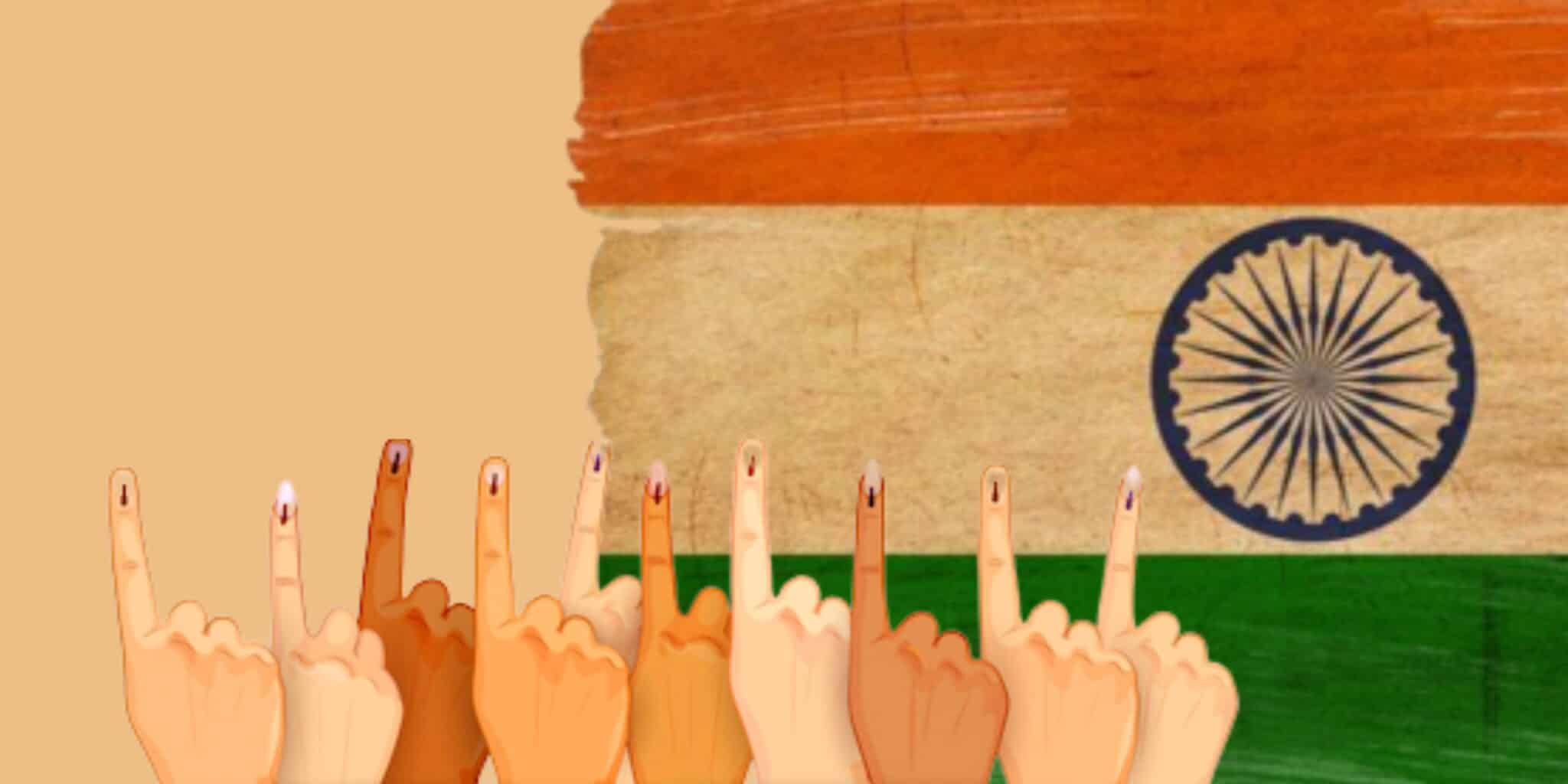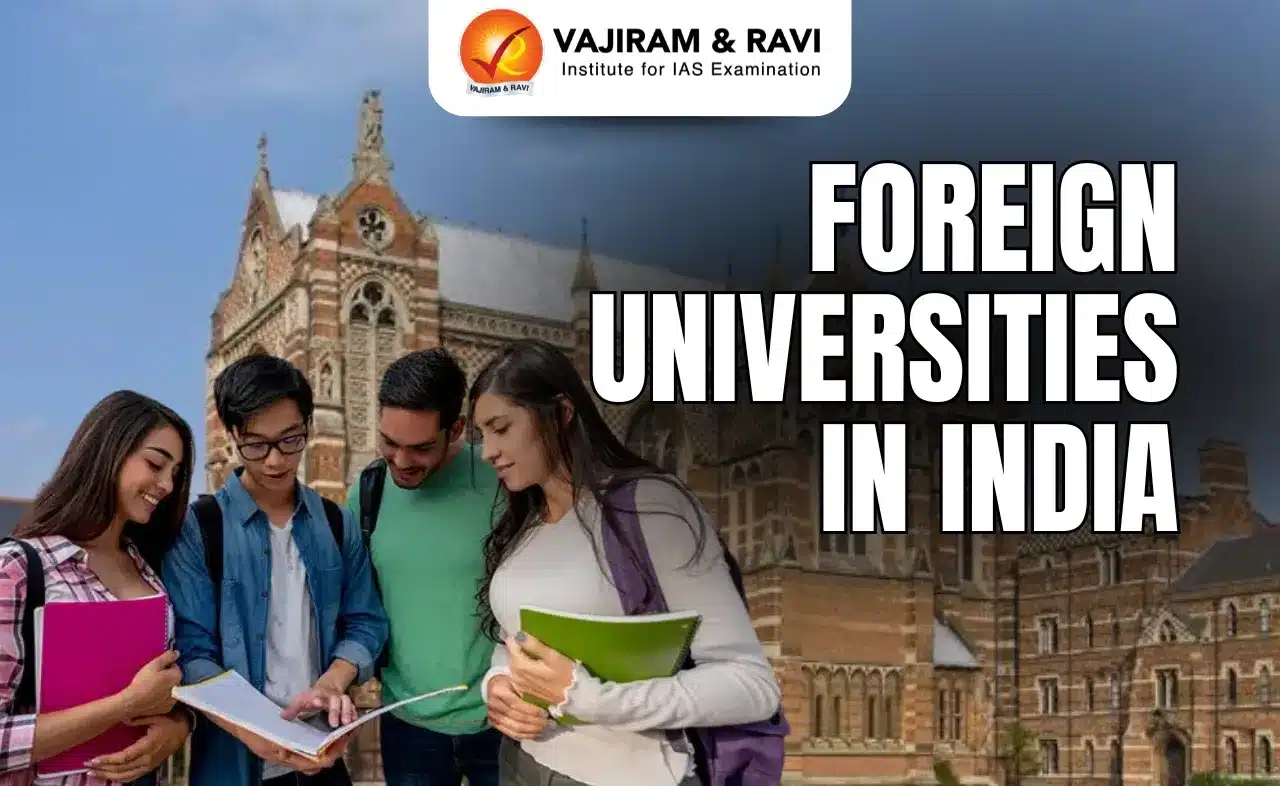What’s in today’s article?
- Why in News?
- Urban apathy from Shimla to Surat
- Reasons for urban apathy
- Steps taken to address urban apathy
Why in News?
- After taking note of the low urban voter turnout in the recently concluded elections to HP and Gujarat assemblies, the Election Commission of India (EC) is set to launch a targeted awareness campaign to check ‘urban apathy.’
Recent trend on urban voter apathy
- Major cities of Gujarat and HP have not only recorded a decline in voting percentage as compared to 2017 but have also voted much less than the state average.
- For example, Shimla recorded the lowest (turnout) at 62.53% (down by 13% points) as against the state average of 75.6%, while the decline in Rajkot West is very sharp at 10.56%, much less than the state average of 63.3%.
- There is a significant gap in voting turnout between rural and urban. For example, the gap of voter turnout is as wide as 34.85% in Narmada district, Gujarat.
- The trend is not new, though in the 1st three decades of elections, the relative participation of urban voters was greater, but the gap between urban-rural turnout has widened since the 1980s.
What are the reasons for urban voter apathy?
- Poor urban governance: Though urban India contributes to 60% of GDP and a very high proportion of taxes, the improvement in urban governance has been hindered.
- This is mainly due to the lack of the transfer of power to urban bodies as envisaged in the Constitution’s 74th amendment.
- Less mobilization and the need for the intervention of politicians: The rural turnout is positively influenced by a more pronounced emphasis on group mobilization and a greater need for the intervention of politicians to compensate for state failure.
- For example, in Delhi’s 2020 assembly election the turnout in New Delhi was almost 20% lower than some constituencies with large slum clusters.
- This means, poorer urban Indians still need politicians to improve some services.
- However, better-off classes can insulate themselves from civic non-governance.
- Urban apathy is not irrelevant: It’s not apathy or not just apathy that keeps better off city Indians away from voting, it’s the need of the electoral politics to focus more on the rural areas.
- However, politicians should recognize the divide between city middle classes and elections.
What are the steps taken to address urban voter apathy?
- The EC has directed all chief electoral officers to identify such constituencies to ensure targeted awareness interventions to increase voting percentage.
- In 2023, EC will launch the new version of Systematic Voters’ Education and Electoral Participation (SVEEP), which will target young voters in educational institutions besides voters in corporate offices.
- SVEEP is the flagship program of the EC launched in 2009 for voter education, spreading voter awareness and promoting voter literacy in India.
- SVEEP’s primary goal is to build a truly participative democracy in India by encouraging all eligible citizens to vote and make an informed decision during the elections.
- The programme is based on multiple general as well as targeted interventions.
- These interventions are designed according to the socio-economic, cultural and demographic profile of the state as well as the history of electoral participation in previous rounds of elections and learning thereof.
- The poll panel is also expected to launch a series of initiatives ahead of the 2024 Lok Sabha elections to ensure greater transparency and accessibility in the electoral system.
- These include enabling better information for the voter on –
- A political party’s finances, poll promises.
- Candidate credentials to consider measures for facilitating voting for NRI voters and domestic migrants.
Q1) Why is it important for citizens to vote?
By voting, citizens are participating in the democratic process. Citizens vote for leaders to represent them and their ideas, and the leaders support the citizens’ interests.
Q2) What factors influence voting behaviour in India?
The behaviour of voter is influenced by several factors such as religion, caste, community, language, money, policy or ideology, purpose of the polls, extent of franchise, political wave etc.
Last updated on June, 2025
→ UPSC Notification 2025 was released on 22nd January 2025.
→ UPSC Prelims Result 2025 is out now for the CSE held on 25 May 2025.
→ UPSC Prelims Question Paper 2025 and Unofficial Prelims Answer Key 2025 are available now.
→ UPSC Calendar 2026 is released on 15th May, 2025.
→ The UPSC Vacancy 2025 were released 1129, out of which 979 were for UPSC CSE and remaining 150 are for UPSC IFoS.
→ UPSC Mains 2025 will be conducted on 22nd August 2025.
→ UPSC Prelims 2026 will be conducted on 24th May, 2026 & UPSC Mains 2026 will be conducted on 21st August 2026.
→ The UPSC Selection Process is of 3 stages-Prelims, Mains and Interview.
→ UPSC Result 2024 is released with latest UPSC Marksheet 2024. Check Now!
→ UPSC Toppers List 2024 is released now. Shakti Dubey is UPSC AIR 1 2024 Topper.
→ Also check Best IAS Coaching in Delhi
























